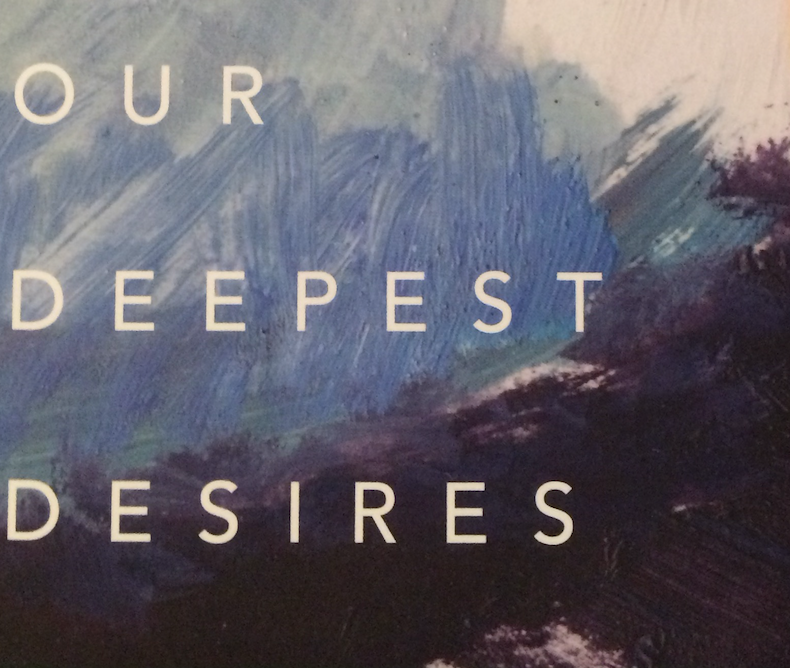It’s hard to find books that speak to both Christians and non-Christians. Here’s a recommendation for a new book that fits that distinction: Gregory E. Ganssle’s Our Deepest Desires: How the Christian Story Fulfills Human Aspirations. It can deepen believers’ faith and challenge outsiders’ skepticism. And it does so with “gentleness and respect” as Scripture admonishes us when we respond to those who ask us to defend our faith (see 1 Peter 3:15-16).
With Tim Kelleresque kindness, Ganssle affirms readers who long for richer understanding for why relationships are so important to us, why we appreciate goodness, why we love beauty, and why we gravitate toward freedom and truth. He does not dismantle alternative worldviews but does critiques them while asserting, “the Christian story” makes better sense of these universal longings.
Ganssle writes from the dual vantage point of an academically credible philosopher (with a Ph.D. from Syracuse University) and a compassionate evangelist (after over three decades in university missions). I would feel equally comfortable (as comfortable as I ever do when it comes to reaching out) giving this book to an atheist philosophy professor or a freshman doubter or a young Christian who thinks rigorously.
Consider a few of his building blocks to his overall thesis, “the Christian story makes sense of our deepest longings” (11):
Regarding why we value relationships so much, he writes, “In the Christian story, the most fundamental reality is personal. Personhood is at the center of the Christian story…The most important piece of this idea is that the universe is the purposeful product of a personal being” (22). “The point of our lives is grounded in our relationship with God, and it is real whether we recognize it or not” (26).
Building his explanation for why we long for moral goodness, he writes, “Not only do we prefer what is good, but we want to be good (47). “Every worldview or philosophy of life has to have both a story about goodness and a story about evil” (48). “In the Christian story, goodness is primary, and evil is a distortion” (54).
My favorite chapter (and the one that will prompt me to give the book to other people besides philosophers) is the one on beauty. Following C. S. Lewis’s lead, he first celebrates beauty. “Beauty encounters us…Beauty startles us. It stops us in our tracks. It moves us to change directions. We do not glance at beautiful things or skim beautiful verses. To glance or to skim is to hold an object or text at a distance. And to hold something at a distance is to fail to encounter it” (74).
Then, he points to the art as a pointer to The Artist. “God’s abundant giving in creation explains why there are so many galaxies and so many different kinds of frogs. Only a God who loves beauty would make so many!” (84).
The final section, titled “Freedom and Truth,” shows the inseparability of those two important foundations for our existence. He models well how we should avoid the trap of arguing for “truth” as some theoretical concept, which seems to have relevance only in classrooms. “In the Christian story, truth is good for us” (116). “…truth liberates because the best life requires a life oriented toward reality” (117).
Finally, he makes a winsome appeal for further exploration and serious consideration of what God offers us. “In the Christian story, our story is never over” (126).
It’s not too early to start making your Christmas list for the thoughtful, philosophically minded non-believers who live according to other stories. The Christian story is better. And Ganssle is a very good storyteller.



